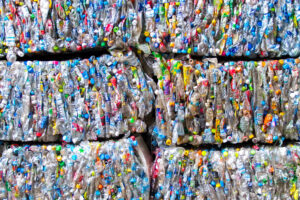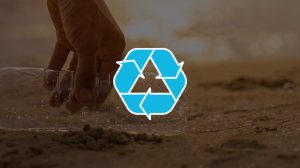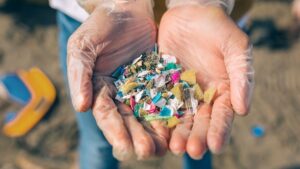Why do birds eat plastic?
Photos show that large plastic items are being found is birds’ stomachs. Why do they eat plastic waste?
Full Article:
The photos of birds killed by bellys full of plastic waste are harrowing – but why do they eat the stuff in the first place? The OU’s Miranda Dyson explains.
We have all seen pictures of dead birds and whales and other species with nothing on their stomachs but plastic – Have you ever considered why seabirds eat plastic and why they seem so badly affected by plastic pollution? Well, its because to many of the so-called tube-nosed birds which include among other species, petrels, shearwaters the magnificent albatross, are attracted to plastic by their sense of smell.
Tube-nosed birds such as the albatross travel vast distances across the ocean to find food which occurs in patches so the search is much like finding a needle in a haystack out there in the “big blue”. To find food, these birds use their keen sense of smell. Their food includes fish, squid and also small crustaceans known as krill, which they locate by detecting a chemical (called dimethyl sulphide or DMS) that is released by the cells of marine algae when krill eat it. DMS therefore serves as an olfactory cue that alerts the birds to the presence of krill.
When plastic has been in the ocean for a while it becomes coated with algae and in a recent study biologists from the University of California at Davis found that this results in the plastic having high level of DMS associated with it. The levels are higher than normal background concentrations found in the environment, and well above levels that tube-nosed seabirds can detect and use to find food. To the birds, the presence of DMS it is an indication that food is about, not algae, but krill feeding on algae. This prompts foraging behaviour with the result that the birds ingest plastic.
So, in addition to looking like food, plastic debris in the ocean may also confuse seabirds that hunt by smell.



